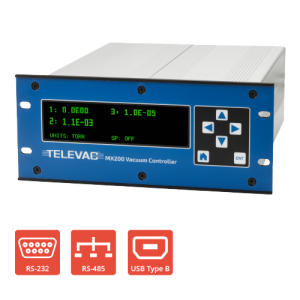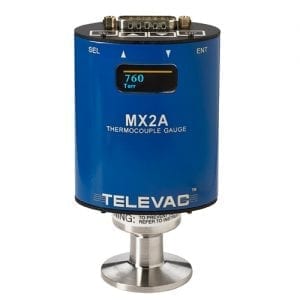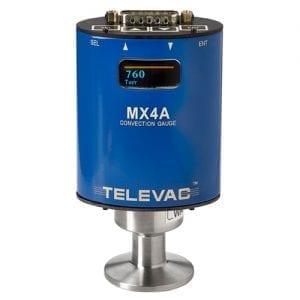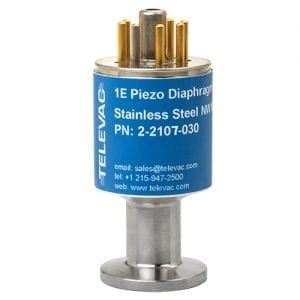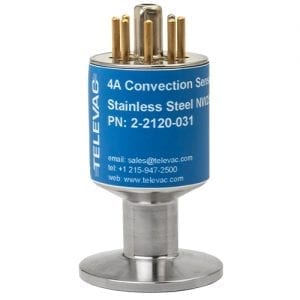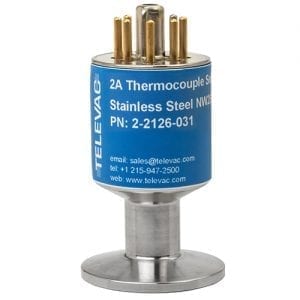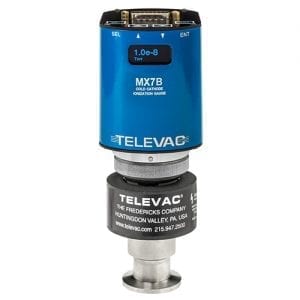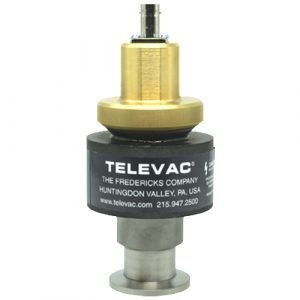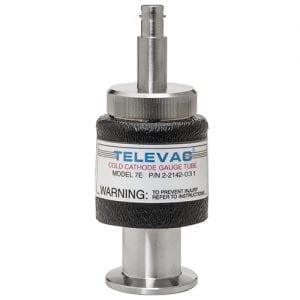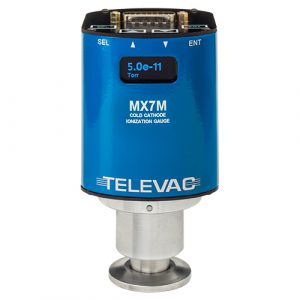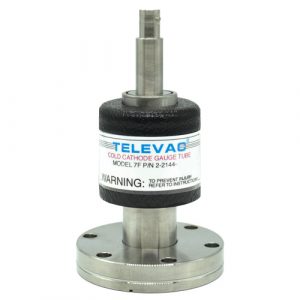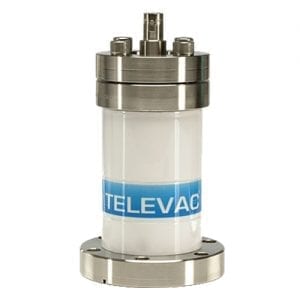一个简单的真空测量单位转换器,用于托尔和其他转换系数。
说明。在字段中输入你想转换的数值,使用标准或科学符号(例如:1e-4)。
你知道吗?Televac®控制器和主动式仪表提供可选择的测量单位,包括托、mbar、帕斯卡、mTorr/microns。
The torr is a non-SI unit of pressure defined as 1/760 of an atmosphere. It was named after Evangelista Torricelli, an Italian physicist and mathematician who discovered the principle of the barometer in 1644.
托尔与毫米汞柱关系密切,两个数值几乎完全相同。然而,托尔是一个精确的量,而毫米汞柱不受当地重力和温度变化的影响,因此,这两个压力单位不应视为相同。
随着时间的推移,760毫米汞柱被视为"标准"大气压。气压的单位(一毫米汞柱,也写成1毫米汞柱)是为了纪念托里切利而命名的。
A micron refers to a micrometer of mercury. As vacuum technology advanced, it became necessary to have a more precise vacuum measurement unit than the mm of Hg. The mm of Hg was divided into 1000 smaller parts which were called microns. The word micron means a one millionth of a meter.
Millitorr是一种非常小的压力单位,用于高真空测量,是Torr压力单位的1/1000倍。1毫托尔等于0.133322帕。
The millitorr is not a commonly used pressure unit but tends to be used in scientific research or specialized manufacturing fields where very low vacuum pressures are measured.
Millimeters of mercury, torr, and micron are three units of measure typically associated with the vacuum furnace industry while other fields of vacuum use pascals (Pa or kPa).
Millibar is a metric unit of pressure, derived directly from the bar pressure unit, and represents 1/1000 of a bar. In SI units 1 mbar equals 100 pascals. The millibar is commonly used to measure barometric pressure for meteorological applications as well as high and ultra-high vacuum ranges.
For pressure, the SI system’s basic unit is pascal (Pa), which is N/m2 (Newton per square meter, while Newton is kgm/s2).Unlike other units such as psi, kgf/cm2, in H2O and in Hg the pressure value that the pascal unit represents is unchanging no matter where and how it is used. The pascal unit is completely independent of ambient temperature, local gravity and media density.
A kilopascal is equal to 1000 pascal. The pascal unit is inconveniently small for many purposes outside of vacuum measurement, therefore the kilopascal (kPa) is more commonly used in everyday applications like meteorology and tire pressure.
Standard atmosphere is commonly used as a reference value for the average atmospheric pressure at sea level. It was originally defined as the pressure exerted by 760 mm of mercury at 0 °C and standard gravity (g = 9.80665 m/s2).
However, standards have since been updated and in 1982 the International Union of Pure and Applied Chemistry (IUPAC) recommended that for the purposes of specifying the physical properties of substances, “standard pressure” should be precisely 100 kPa (1 bar).
巴是压力的公制单位,但未被批准为国际单位制(SI)的一部分。1巴等于100,000帕,略低于目前地球上海平面的平均大气压。
The bar and the millibar were introduced by the Norwegian meteorologist Vilhelm Bjerknes, who was a founder of the modern practice of weather forecasting.
Pound-force per square inch (PSI) is a unit of pressure commonly used in the United States and the United Kingdom. It measures the pressure exerted by one pound-force applied to an area of one square inch. PSI is widely used in various fields, including automotive, HVAC, and industrial applications, to quantify pressure in both liquids and gases.
Millimeters of mercury (mm Hg) is a non-SI unit of pressure traditionally used in medicine and atmospheric science. It measures the pressure exerted at the base of a mercury column exactly one millimeter high. The mm Hg unit is often used to measure blood pressure and barometric pressure. Its value can vary slightly depending on local gravity, but it is generally treated as equivalent to the torr.
Inches of mercury (in Hg) is a non-SI unit of pressure commonly used in meteorology and aviation to measure atmospheric pressure. It represents the pressure exerted by a mercury column one inch in height at 0 °C under standard gravity. Like mm Hg, the value of in Hg can vary with changes in temperature and gravity, making it a context-dependent measure.
Inches of water (in H2O) is a unit of pressure commonly used in HVAC systems, fluid mechanics, and other engineering fields. It measures the pressure exerted by a water column one inch high at 4 °C under standard gravity. This unit is particularly useful for measuring low pressures and is often employed to gauge air duct pressure and differential pressure in manometers.






